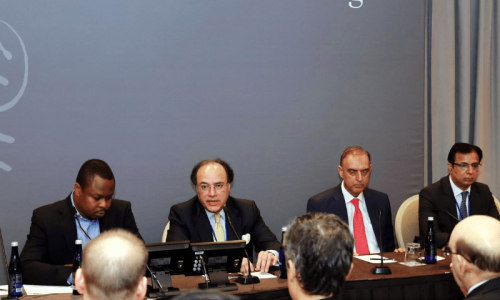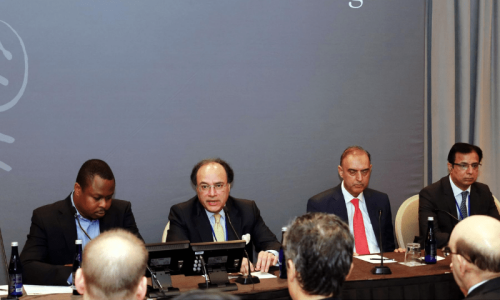Have you ever wondered why most months have 30 and 31 days, except for February which has 28 days and 29 in the case of a leap year?
Although before Pope Gregory XIII developed the Gregorian calendar in 1582, other forms of calendars were in use. These calendars included the Babylonian calendar, which began each month with the sighting of a new moon and the Egyptian calendar that consisted of 12 months of 30 days. Each month consisted of three weeks of ten days each.
The Gregorian calendar, however, derives the names of months from the Egyptian calendar, which also has 12 months. These months were Ianuarius (January) 29 days, Februarius (February) 23, 24, or 28 days, Martius (March) 31 days, Aprilis (April) 29 days, Maius (May) 31 days, Iunius (June) 29 days, Quintilis (July) 31 days, Sextilis or Augustus (August) 29 days, September (29 days), October (31 days), November (29 days) and December (29 days).
The concept of timekeeping and recording, however, first emerged during the Neolithic Period, also known as the New Stone Age, which was the era from 10,200BC to 4,500BC. Many types of calendars were produced across the world by many civilisations during that era. However, preceding the Gregorian calendar was the Julian calendar, established by Julius Caesar, of the Roman Republic, as a reform to the Roman calendar.
With the establishment of the Gregorian calendar or the Western calendar in October 1582, the world came to know of a timekeeping method that included a year having 12 months with 30 or 31 days in each month except for February. The world switched from Julian calendar to the Gregorian calendar because the former did not effectively translate the time the moon took to complete one revolution around the earth. The fault in the Julian calendar was spotted years later that it erroneously ignored the addition of 11 minutes of the solar year, thereby reducing one day from the calendar after every 128 days. The Gregorian calendar did not have this mistake and it was running 11 days ahead of the Julian calendar.
Many countries during that time were debating over which of the two calendars they should follow. Switching from the Julian calendar to the Gregorian calendar was a daunting task. Some countries did it instantly, some did it after a few years, while many countries hesitated altogether.
A strange occurrence, therefore, shocked the world on September 2, 1752. Where countries including France and Norway did adopt the Gregorian calendar in 1582 and 1700 respectively, England and America (present day USA) followed the change in 1752. According to the Julian calendar, May 25 was the New Year’s Day.
However, since the backlog in the Julian calendar was so much that the year 1751 had only 282 days from March 25 (New Year) 1751 till December 31, 1751, which was the last day of the Gregorian calendar.
The difference in days between the formerly followed Julian calendar and the newly adopted Gregorian calendar kept going until September 1752 when it was decided by England and America, following the Julian calendar at that time, to align them with the Gregorian calendar. As per the decision of the King of England, George II, September 2, 1752, was to be the last day of the Julian calendar and that the Gregorian calendar will be in effect from the next day.
However, that was not the case. As there was already an 11-day difference, the day following September 2, 1752, was not September 3, 1752, but in fact September 14, 1752.
When people in England woke up on the morning of September 3, 1752 (which was September 14), they did not accept the change in dates. They held riots and protests, demanding the government to return their 11 days!
To reduce public agitation, the king ordered that despite 11 days being wiped off from September 1752, all workers would be given salary for these 11 days. This was the birth of the concept of ‘paid leave’ followed today by companies around the world when companies pay the salary to workers who are on a leave and do not come to the office during this period.
Published in Dawn, Young World, October 15th, 2016















































Dear visitor, the comments section is undergoing an overhaul and will return soon.